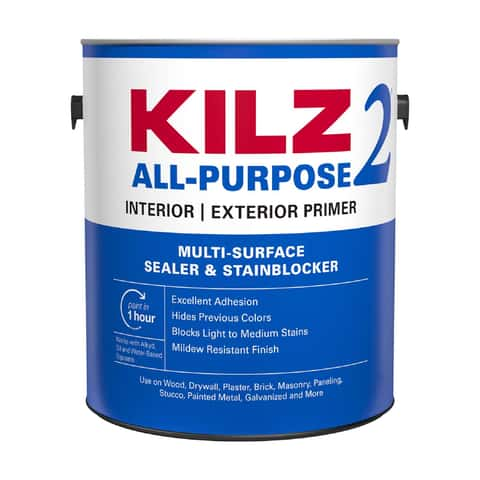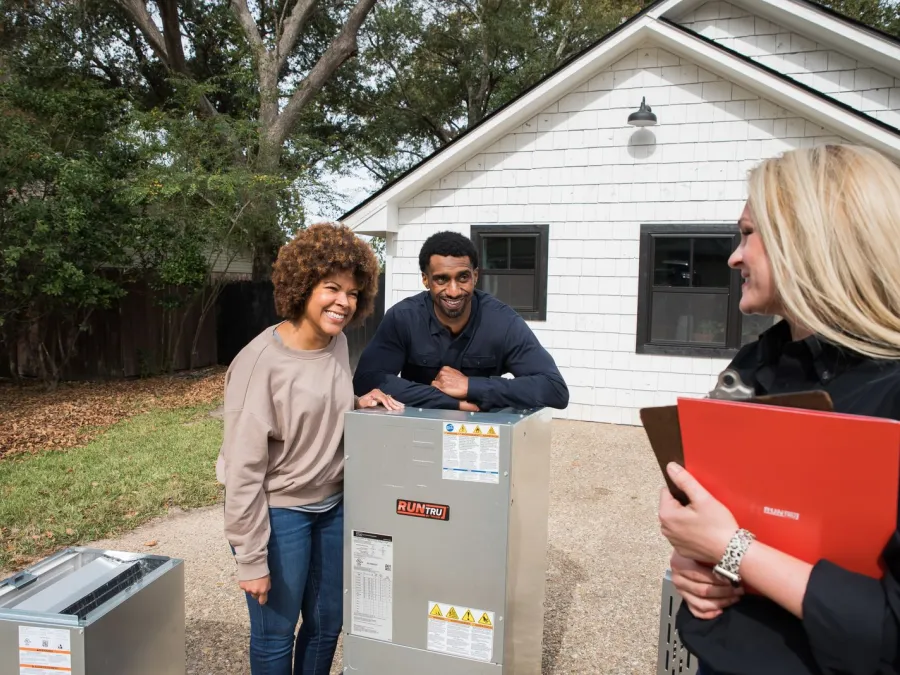Transform your living spaces with the finest paint products available at E&H Ace Hardware in Orrville, OH. Whether you’re revamping your interior walls or refreshing your outdoor deck, E&H Ace Hardware offers a diverse range of high-quality paints and stains that cater to every need. With a rich history dating back to 1929, this family-owned store is committed to providing top-notch products and expert advice to help you achieve stunning results in your home improvement projects.
Jerry Miller, Business Development Manager at E&H Ace Hardware, emphasizes the store’s dedication to offering a curated selection of premium paint products that ensure excellent performance and customer satisfaction.
Benjamin Moore Regal Select Satin/Pearl White Interior Latex Wall Paint Interior 1 gal
This premium quality, 100% acrylic paint and primer offers a durable and washable finish, ideal for high-traffic surfaces prone to stains and soil. Utilizing a proprietary stain release technology, it allows easy removal of common household stains with soap and water, while providing exceptional flow and leveling for smooth application. It resists stains, spills, scuffs, mars, and burnishes, ensuring excellent hide and uniform coverage. Engineered with Gennex Color Technology, it is self-priming on most substrates, suitable for primed or previously painted metal, and acoustic ceilings.
“This product truly stands out for its durability and ease of maintenance, making it a perfect choice for busy households,” Jerry Miller remarked.
Clark+Kensington Eggshell Tint Base Ultra White Base Paint + Primer Interior 1 gal
This premium interior paint offers superior coverage and an ultra-smooth finish, combining paint and primer in one for efficiency. It is durable, scrubbable, and stain-resistant, ideal for various interior surfaces including plaster, drywall, wood, and metal. The eggshell finish provides a low-lustre, washable surface suitable for living spaces. Tintable to over 1100 designer colors, it ensures a customized look.
“For those looking to infuse their homes with vibrant colors, this product offers a perfect blend of aesthetics and functionality,” Jerry Miller highlighted.
Magnolia Home by Joanna Gaines Eggshell Tint Base Base 1 Paint and Primer Interior 1 gal
This advanced acrylic paint formula offers a combination of paint and primer with exceptional stain-blocking capabilities. It provides premium coverage, requiring fewer coats while ensuring remarkable durability and resistance to dirt and grime. The paint is easy to apply and touch up, featuring a mildew-resistant film, low VOC, and low odor.
“Joanna Gaines’ paint line combines style with practicality, allowing you to create beautiful spaces with minimal effort,” Jerry Miller commented.
Cabot Solid Color Acrylic Stain & Sealer Solid Tintable Neutral Base Acrylic Deck Stain 1 gal
This exterior stain and sealer is designed for use on wood decking, outdoor furniture, fencing, and cement patios and walkways. It features a 100% acrylic, water-repellent, and fade-resistant formula that provides excellent adhesion to new or previously stained or painted surfaces in clean, sound condition.
“Cabot’s stain and sealer offer long-lasting protection for your outdoor spaces, ensuring they remain beautiful and durable,” Jerry Miller stated.
KILZ White Flat Water-Based Acrylic Stain Blocking Primer 1 gal
This product is a fast-drying, water-based, multi-purpose primer-sealer-stain blocker suitable for both interior and exterior applications. It features a mild odor and can be top coated with either latex or oil-based paint. It is ideal for use on various surfaces such as brick, painted metal, glossy surfaces, drywall, paneling, stucco, masonry, plaster, and wood.
“KILZ primer is a must-have for any painting project, providing a perfect base for a flawless finish,” Jerry Miller noted.
For all things Ace Hardware, please visit acehardware.com.















